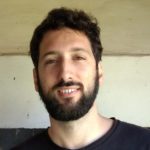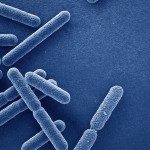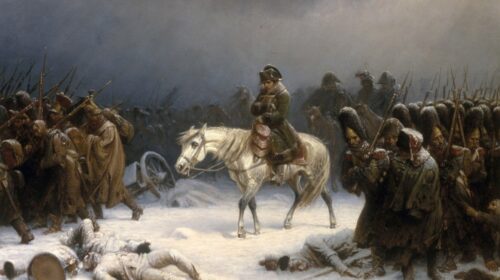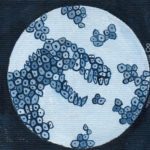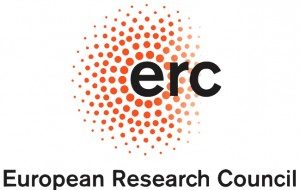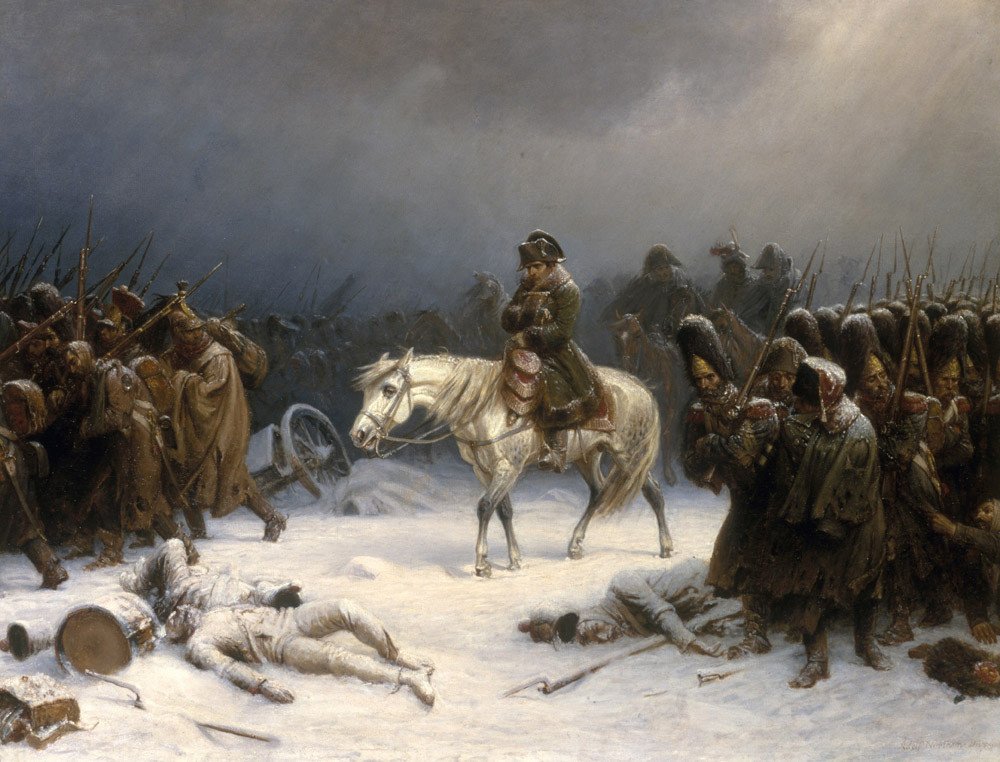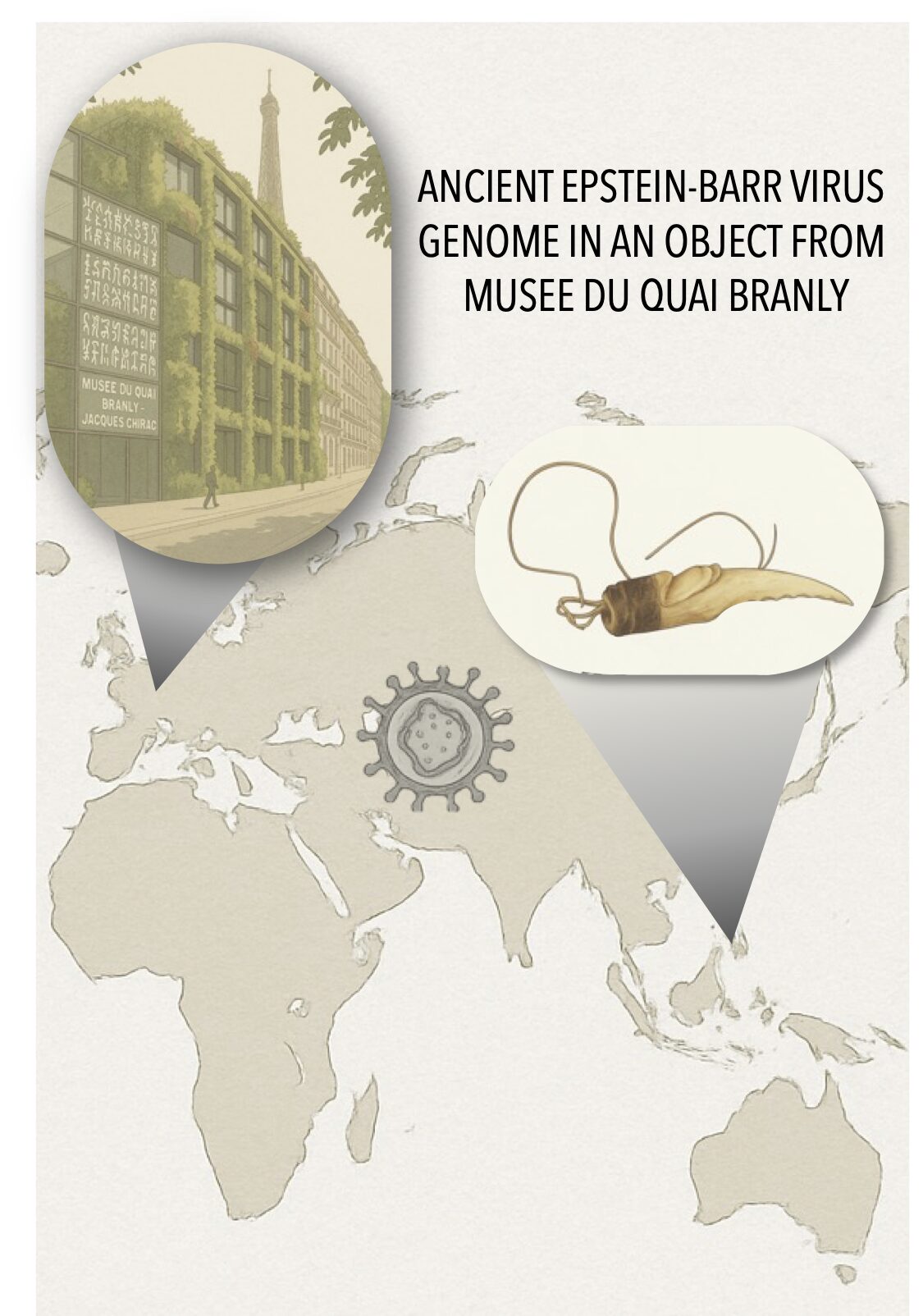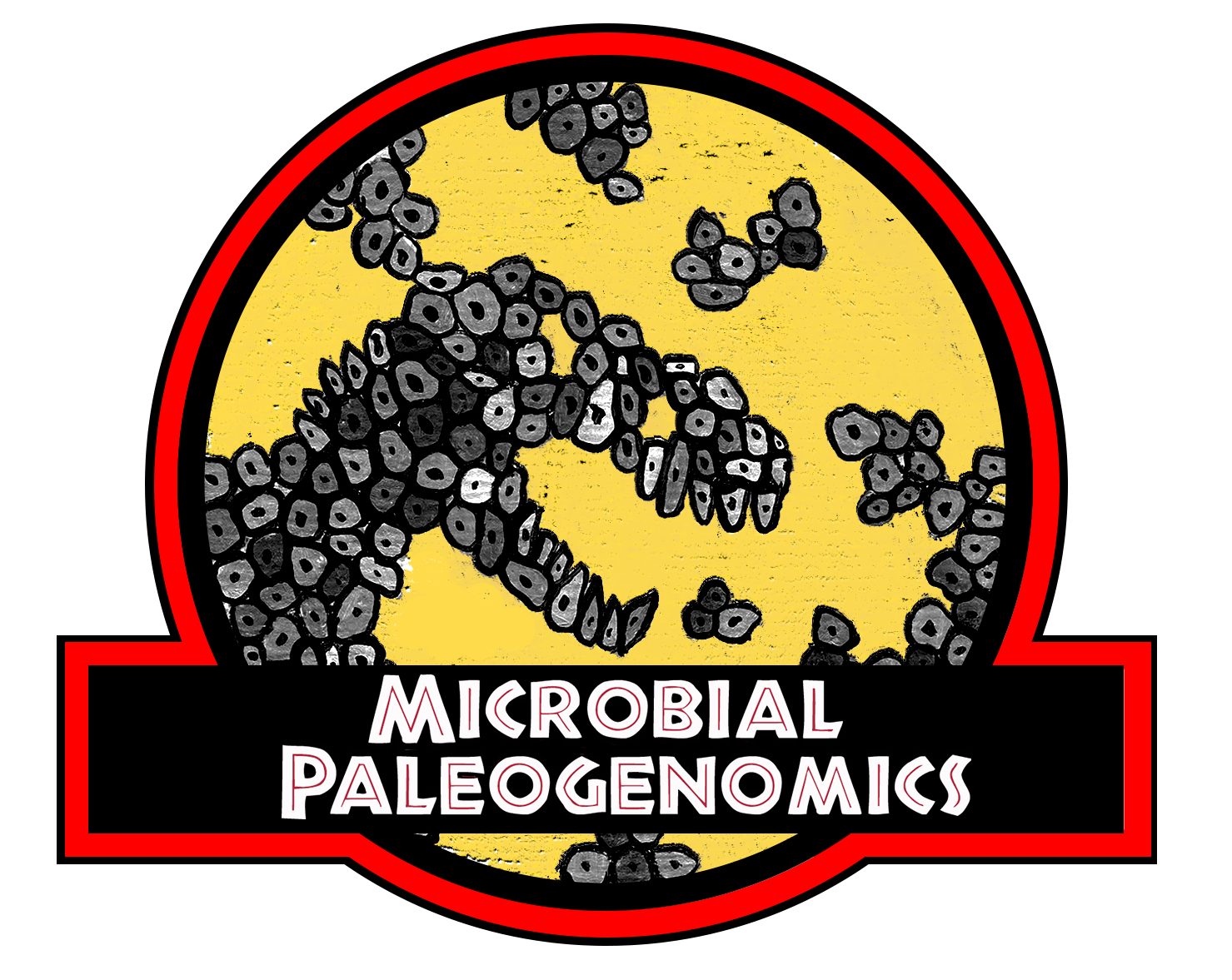 Original art: HEXICO (El Gato y La Caja)
Original art: HEXICO (El Gato y La Caja)
The ultimate goal of the Microbial Paleogenomics G5 unit is to investigate how pathogens and human microbes emerged, spread and changed at the genomic level over the course of human history, and use this information to better understand the complexity of modern infectious diseases and human commensal microbes. To do so, we bring together and/or borrow tools, concepts and approaches from distinct fields, such as, ancient DNA, phylogenetics, microbial genomics, evolution, population genetics, bioinformatics, history and archaeology. Most of current knowledge about infectious diseases and human commensal microbiota derive from studies on modern microbial strains. Our projects will aim at using genomic information from ancient pathogens and oral microbes to reconstruct where and when these species were in the past and determine the relationships and genomic changes that took place over time from strains in the past to those that thrive in modern times. We will also use these approaches to investigate the mobility and spread of microbial species in relation to their human host populations, and the roles played by different historical processes in shaping our microbial makeup.
Our main focus and study model will be the human populations from the Southern Cone of the Americas, which will be analyzed over large temporal scales, from the earliest human populations in the continent, until modern societies. This is motivated by the fact that we know very little about the pathogens and microbes that were associated to pre-Columbian populations, including those from this region, and to which extent this picture changed after the Agricultural transition, the Discovery of the Americas, the colonization process and the post-industrial era. Moreover, it represents an independent and distinct model to study how infectious diseases and human microbes emerged, evolved, and spread, because these populations have been isolated from other worldwide populations for the past 15k to 20k years.
The official song of the Microbial Paleogenomics Unit:

Microbial Time Travelers
A Song for the Microbial Paleogenomics Lab
[Verse 1]
Deep in the labs of Institut Pasteur,
We dig through history and genomes to master.
Microbes and humans, a dance through the ages,
Unlocking their secrets in dusty old pages.
From ancient teeth to burial grounds,
The echoes of microbes in history resound.
Pre-Columbian puzzles, genomic cascades,
Piecing together the roles they played.
[Chorus]
We’re microbial time travelers, diving through the past,
Reconstructing genomes, making knowledge last.
From the Southern Cone to where microbes roam,
Tracing the path to the bugs we love!
[Verse 2]
Phylogenetics, bioinformatics flair,
Evolutionary secrets unravel with care.
From ancient pathogens to oral swabs,
We’re microbial sleuths with the coolest of jobs.
Post-industrial microbes, pre-agricultural clues,
Colonial transitions and the bugs they diffuse.
Isolation for ages, now history’s unlocked,
With genomes as keys, the mysteries are rocked.
[Chorus]
We’re microbial time travelers, diving through the past,
Reconstructing genomes, making knowledge last.
From the Southern Cone to where microbes roam,
Tracing the path to the bugs we love!
[Bridge]
Beneath the microscope, a story unfolds,
Of pathogens ancient and microbes bold.
Evolution’s whispers, mobility’s shout,
Human history told by what’s inside our mouth.
[Verse 3]
From DNA fragments, we piece it together,
Ancient and modern, through all kinds of weather.
The spread of disease, the shaping of life,
Microbial tales of love, war, and strife.
Southern Cone mysteries, a genomic spree,
Unveiling the microbes that shaped history.
Not just pathogens, but our commensal friends,
The microbial saga never ends!
[Chorus]
We’re microbial time travelers, diving through the past,
Reconstructing genomes, making knowledge last.
From the Southern Cone to where microbes roam,
Tracing the path to the bugs we love!
[Outro]
So here’s to the lab at Institut Pasteur,
Where microbes and history beautifully concur.
Microbial Paleogenomics, the ultimate quest,
Unearthing the past to understand the rest!
